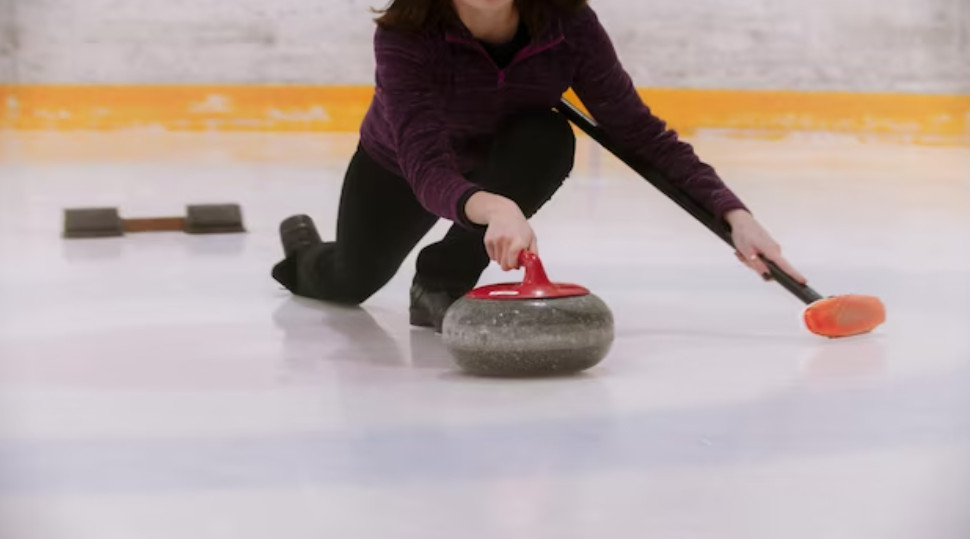Curling captivates its audience as a sport of strategy and skill. But behind the tactical depth lies intense training that shapes champions. This article aims to unravel the facets of curling training. You will gain insights into the types of workouts, skill drills, and mental preparations vital for excelling in this unique sport.
Physical conditioning
Physical fitness plays a significant role in curling, contrary to what some may believe. Cardiovascular exercises like jogging and swimming improve overall stamina. These workouts enable players to sustain energy levels during long matches.
Strength training also forms an essential part of a curling athlete’s routine. Squats and lunges help make your lower body strong. A strong lower body keeps you balanced and stable when you throw stones or sweep. Upper-body workouts, such as push-ups and pull-ups, build muscle strength for effective sweeping.
Skill drills
Drills make up the cornerstone of any training regimen in curling. One foundational drill involves sliding out of the hack, the footrest from which players deliver stones. Practice sliding with control and precision to ensure the stone reaches its target. Start with slow slides and gradually build up to full-speed deliveries.
Another critical skill is sweeping. It affects the stone’s speed and direction. Intensive sweeping drills, often conducted in teams, help master this technique. Players focus on sweep timing, pressure application, and coordination with teammates.
Mental training
Curling requires intense concentration and strategic thinking. Mindfulness exercises can help athletes maintain focus during a game. Meditation and visualization techniques also play a part in preparing mentally. Picture successful stone deliveries and sweeping actions to build confidence.
Mental agility exercises, such as solving puzzles or playing chess, can enhance strategic thinking. They train the mind to anticipate moves and make quick decisions, skills directly transferable to curling.
Equipment familiarization
Knowing your equipment can give you an edge in curling. Spend time understanding the various types of stones and brooms. Experiment with different sliding speeds and sweeping pressures to know how each equipment type reacts.
|
Equipment Type |
Characteristics |
Best Used For |
|---|---|---|
| Carbon fiber broom | Lightweight, less friction | Quick sweeping |
| Horsehair broom | High friction, more control | Fine-tuned sweeping |
| Granite stone | Heavy, consistent curl | Long-distance shots |
| Synthetic stone | Lighter, less consistent curl | Short-distance shots |
Knowing your equipment well can really help your curling game. Take time to understand how different stones and brooms work. This knowledge can give you a better idea of what to use for specific plays. The more you know, the better you can adapt during a game.
Conclusion
Training for curling involves much more than mastering stone delivery and sweeping. It requires physical conditioning, skill drilling, and mental preparation. Once you understand these elements and apply them to your training routine, you are well on your way to becoming a skilled curling athlete.
Are you eager to start training? Hit the ice now and apply what you have learned!
